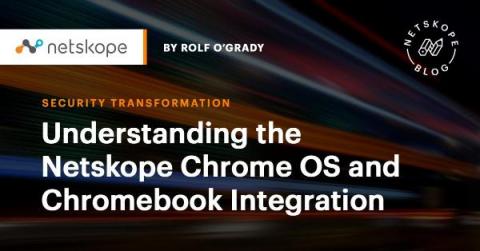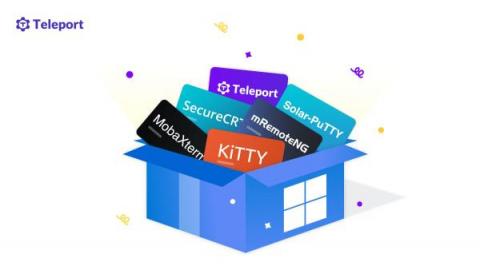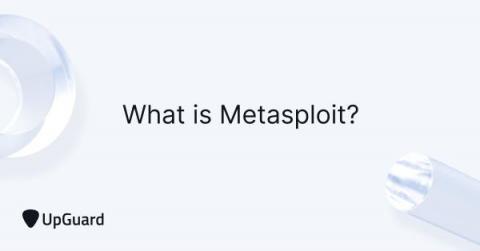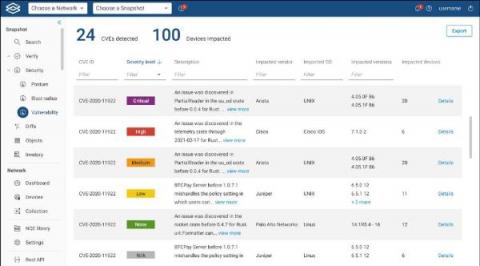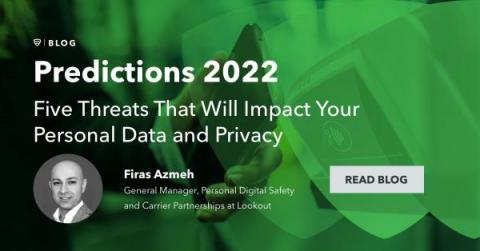Responsible disclosure: CodeCov CEO & CTO share learnings from the breach
In January of 2021, CodeCov suffered a supply chain attack that exposed client environment variables. In the following months, the specifics of the breach and its technical applications have been thoroughly examined by the application security community to determine what went wrong and how to combat similar attacks in the future. But another interesting outcome of the breach were the insights into a slightly less glamorous topic: responsible disclosure.






